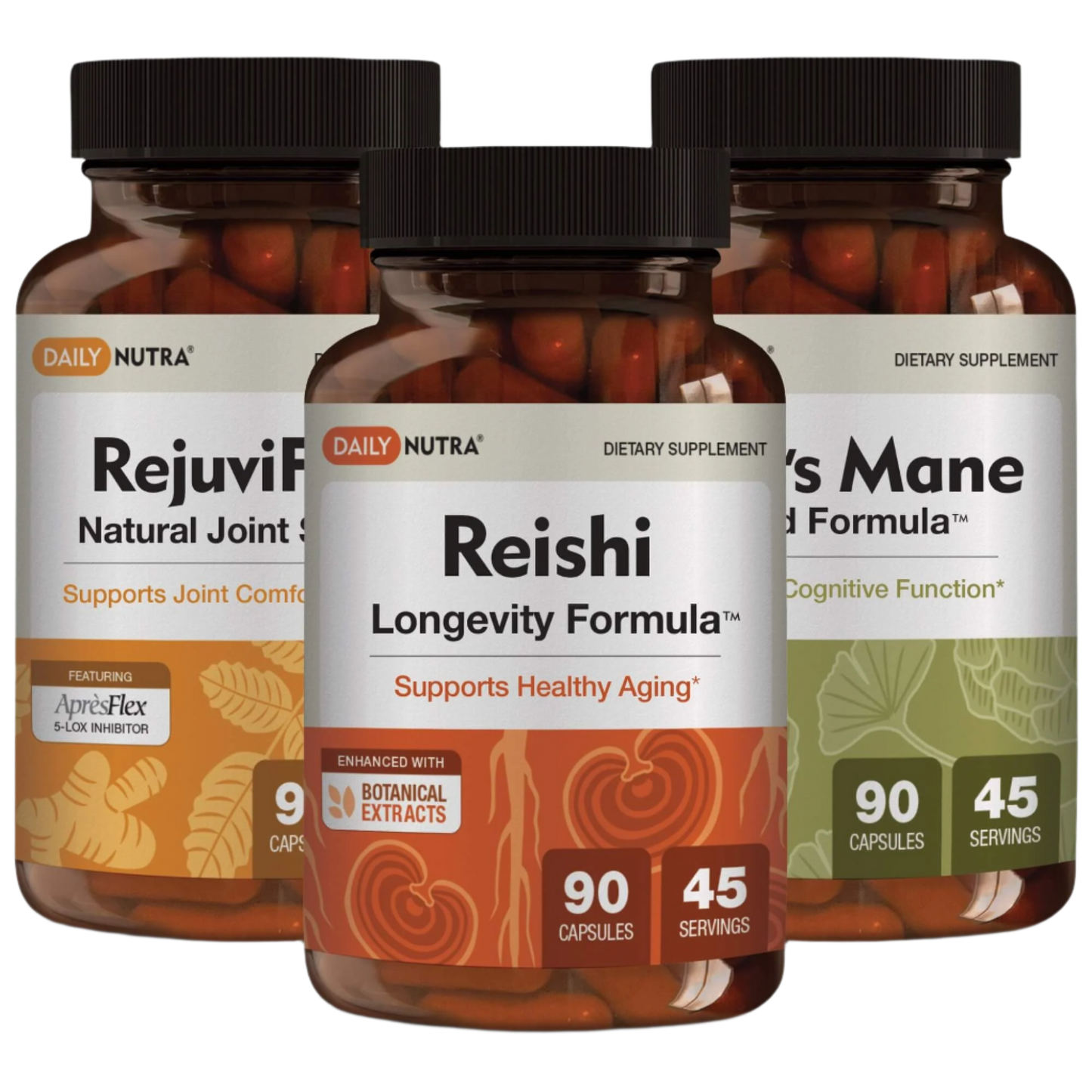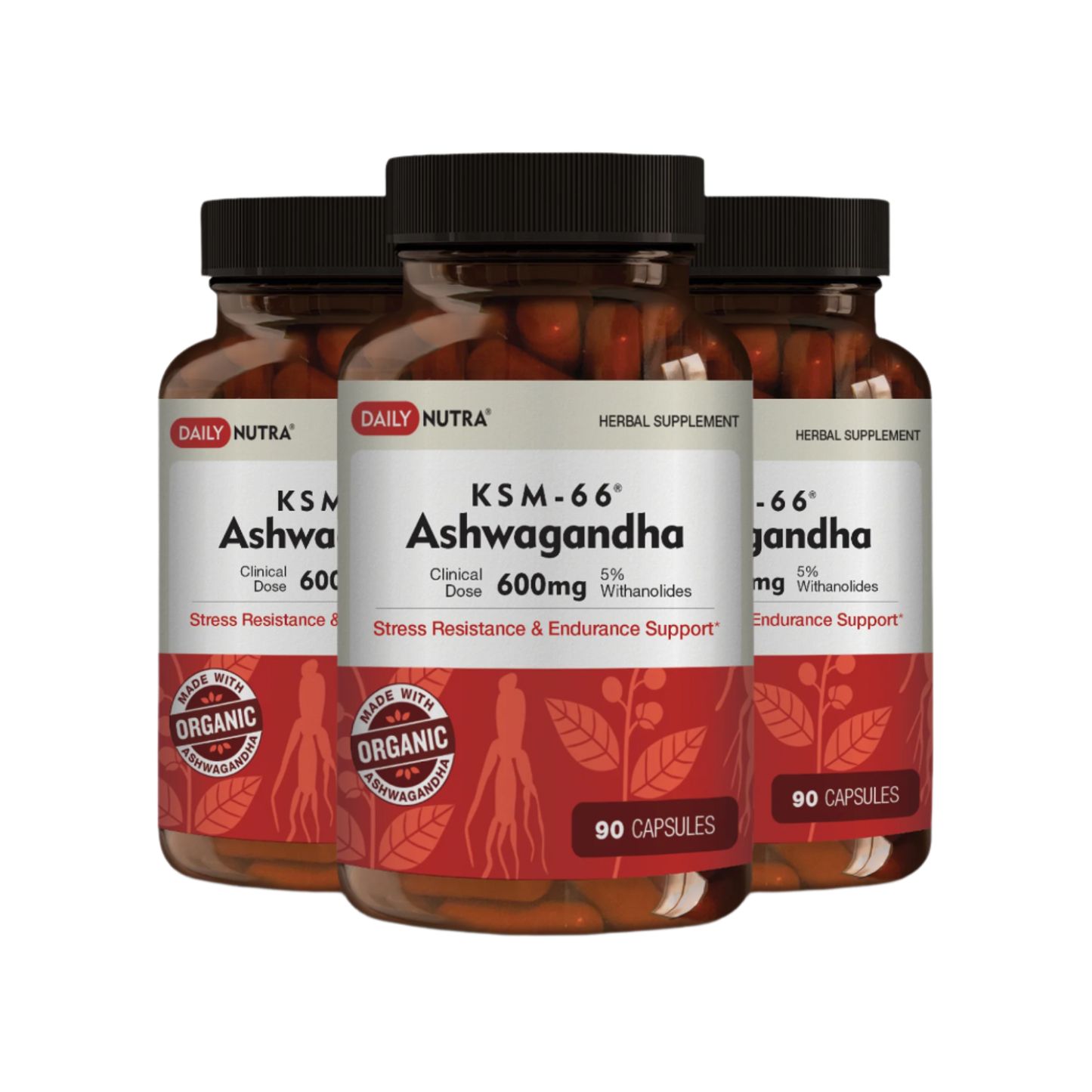Abstract Summary
Objective
To evaluate the role of ashwagandha (Withania somnifera) in enhancing fertility outcomes in both men and women through its effects on hormonal regulation, stress reduction, and reproductive function.
Context
Ashwagandha has long been revered in Ayurvedic medicine for its adaptogenic properties. Its increasing popularity in the West has spurred interest in its potential to support fertility, particularly in the context of stress-related infertility and hormonal imbalances.
Methods Used
Approach
A literature review of clinical trials, meta-analyses, and pharmacological studies was conducted to assess ashwagandha’s effects on fertility. Emphasis was placed on research examining hormonal changes, reproductive markers, and overall safety.
Data Collection
Studies included assessments of serum hormone levels (testosterone, LH, FSH), sperm parameters (count, motility, morphology), ovulatory regularity in women, and reported side effects. Data were drawn from peer-reviewed databases such as PubMed and ScienceDirect.
Researchers' Summary of Findings
Impact on Health
In men, ashwagandha supplementation has been associated with increases in testosterone and improved sperm quality—factors directly linked to enhanced fertility. For women, the herb may help regulate reproductive hormones and improve ovulatory cycles, especially in cases involving stress-induced irregularities.
Health Implications
Ashwagandha’s cortisol-lowering properties may support fertility by reducing physiological stress, a known inhibitor of reproductive function. It is generally well tolerated, with mild side effects such as gastrointestinal discomfort reported in some cases. Its use during pregnancy remains controversial and should be guided by a healthcare provider.
Sustainability
As a hardy, drought-resistant crop, ashwagandha is considered an environmentally sustainable herb. Its medicinal application aligns with holistic, plant-based approaches to reproductive health, offering an alternative to pharmaceutical interventions.
DOI
10.1016/j.reproductres.2024.019876





